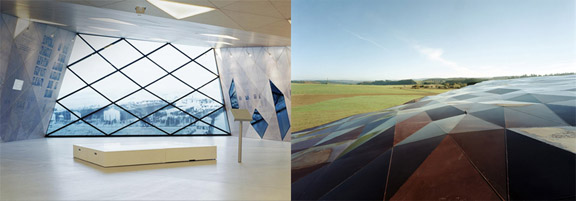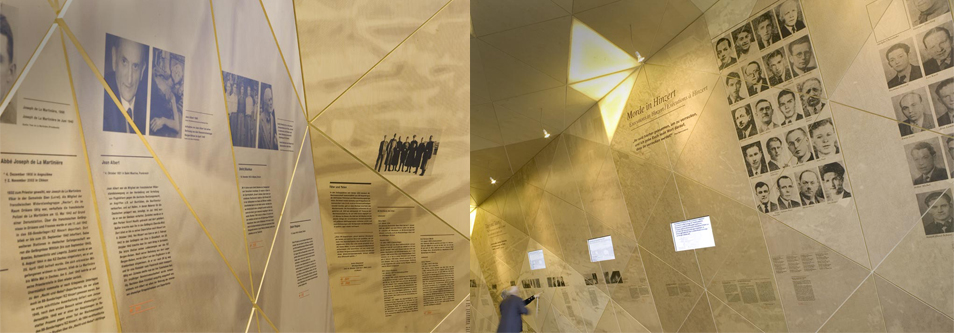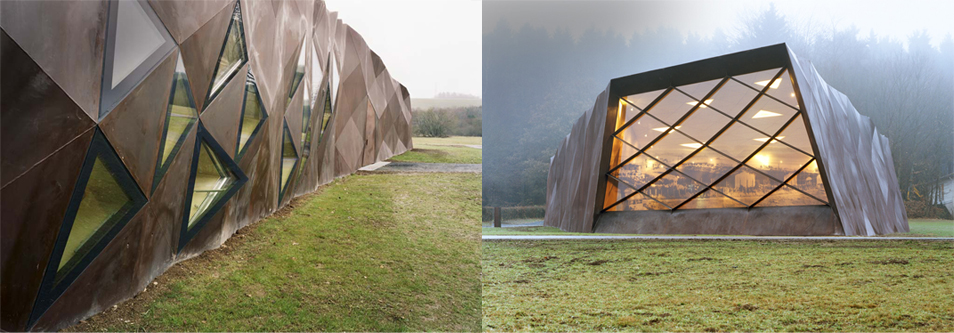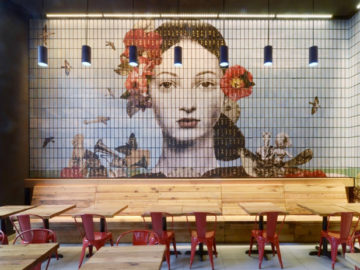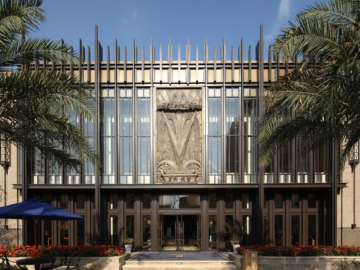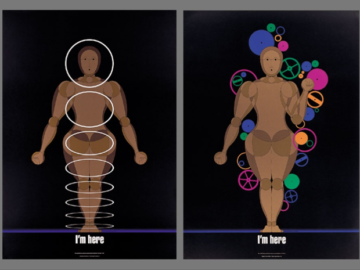“Material Time,” organized by the Architekturmuseum der TU München in Germany, is an exhibit detailing the delicate working methods of architecture firm Wandel Hoefer Lorch & Hirsch. The exhibit shows how the firm designed each of their projects with compassion, taking into consideration their sensitive history and ultimate purpose.
All of our photos feature the Documentation Centre Hinzert, which was designed by Wandel Hoefer Lorch & Hirsch on the site of the former concentration camp. It houses a permanent exhibition of camp artifacts, photos, and explanation notes. Among their other projects, the firm re-purposed the Holocaust’s revered Track 17 in Berlin-Grunewald and rebuilt the Synagogue in Dresden — one of the first places Jews were violently persecuted before World War II.
The title for the exhibit was chosen by the architects themselves. “Time” refers to their continuous discourse with historical, political, and social subjects, while “material” signifies the place and context of the building. “Material Time” represents the ways in which the firm is able to connect history and architecture via structural design rather than via narration.
For Wandel Hoefer Lorch & Hirsch, architecture is a way to examine issues that concern everyone. This has led to a new practice that focuses on expressing the various meanings of the design. In each of their projects, the designs are made with specific historical moments in mind in order to accomplish the task at hand appropriately.
For more information on “Material Time,” please visit the official website by clicking here.

